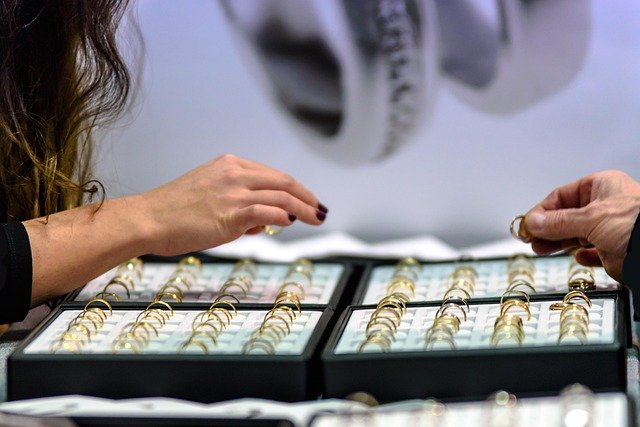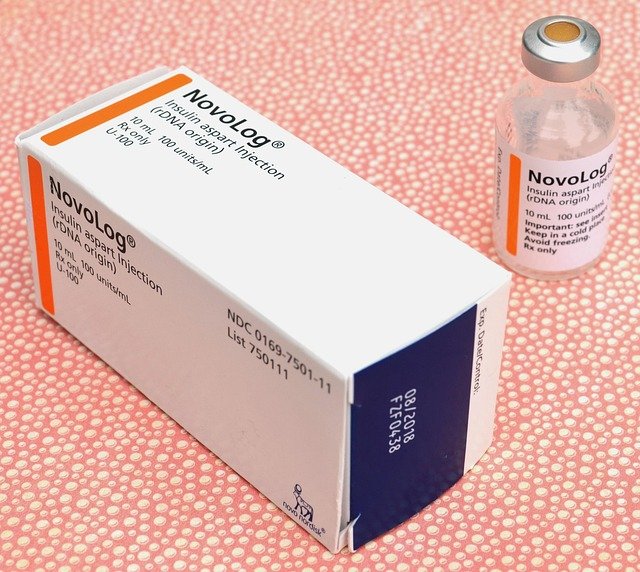Second Hand Gold Jewelry: A Complete Buying Guide
Second hand gold jewelry offers an affordable and sustainable way to own beautiful pieces with history and character. Whether you're drawn to vintage designs, unique craftsmanship, or simply looking for value, the pre-owned jewelry market provides countless opportunities. Understanding what to look for, how to verify authenticity, and how to care for these treasures ensures you make informed purchases and enjoy your jewelry for years to come.

The market for pre-owned gold jewelry has grown significantly, attracting collectors, budget-conscious buyers, and those seeking unique pieces with timeless appeal. Purchasing second hand gold jewelry requires knowledge about authenticity verification, condition assessment, and proper maintenance. This guide walks you through everything you need to know to navigate the world of pre-owned gold pieces confidently.
What Are the Main Types of Second Hand Gold Jewelry?
Second hand gold jewelry encompasses a wide range of items, from everyday wear to statement pieces. Common categories include rings, necklaces, bracelets, earrings, brooches, and pendants. Within these categories, you’ll find various gold purities, typically marked as 10K, 14K, 18K, or 22K, with higher numbers indicating greater gold content. Estate jewelry refers to previously owned pieces, often from estates or collections, while vintage jewelry typically means items at least 20 to 30 years old. Antique gold jewelry is generally over 100 years old and often carries historical significance. Each type offers different aesthetic qualities and investment potential, making the second hand market diverse and accessible to various preferences and budgets.
How Can You Verify the Authenticity of Gold Pieces?
Authenticity verification is crucial when purchasing second hand gold jewelry. Start by examining hallmarks or stamps, which indicate gold purity and sometimes the manufacturer. Common markings include numbers like 585 (14K), 750 (18K), or 916 (22K). Use a magnifying glass to inspect these marks carefully, as counterfeit pieces may have unclear or missing stamps. The magnet test is a simple home method: real gold is not magnetic, so if a piece is strongly attracted to a magnet, it likely contains other metals. Professional jewelers can perform acid tests, where a small scratch is made and tested with acid solutions that react differently based on gold content. Electronic gold testers provide non-destructive verification using electrical conductivity. For valuable pieces, consider getting a professional appraisal from a certified gemologist who can confirm authenticity, assess condition, and provide documentation for insurance purposes.
What Condition Issues and Repairs Should You Look For?
Careful inspection of condition helps you understand the true value and potential costs associated with second hand gold jewelry. Check for visible wear such as scratches, dents, or thinning in high-contact areas like ring bands or bracelet clasps. Examine prongs on rings to ensure stones are secure, as worn prongs can lead to gem loss. Look for signs of previous repairs, including solder marks, mismatched metal colors, or uneven surfaces. Clasps and hinges should function smoothly without excessive looseness or stiffness. Bent or damaged pieces may require professional straightening. Check for missing stones or decorative elements that would need replacement. Tarnish on gold jewelry is unusual, as pure gold does not tarnish, but lower karat pieces with higher alloy content may show discoloration. Ask sellers about any repairs or modifications made to the piece. Understanding the extent of needed repairs helps you negotiate fair prices and budget for restoration costs, which can range from minor polishing to extensive reconstruction depending on the damage.
What Styles and Designs Are Common in Second Hand Collections?
Second hand gold jewelry reflects the design trends of different eras, offering distinctive styles that appeal to various tastes. Art Deco pieces from the 1920s and 1930s feature geometric patterns, bold lines, and often incorporate diamonds and colored gemstones. Victorian jewelry showcases romantic motifs like hearts, flowers, and intricate filigree work. Retro styles from the 1940s tend toward bold, chunky designs with large gemstones and rose gold. Mid-century modern pieces embrace clean lines and abstract forms. Traditional designs include classic solitaire rings, rope chains, hoop earrings, and tennis bracelets that remain timeless. Ethnic and cultural designs such as Indian bangles, Celtic knots, or Middle Eastern filigree work offer unique character. Signed pieces from renowned designers or jewelry houses like Tiffany, Cartier, or Van Cleef & Arpels command premium prices due to brand recognition and craftsmanship. Understanding these styles helps you identify pieces that match your aesthetic preferences and recognize potential value in the second hand market.
How Should You Clean and Store Gold Jewelry Properly?
Proper care extends the life and beauty of second hand gold jewelry. For routine cleaning, prepare a solution of warm water and mild dish soap, soak the jewelry for 15 to 20 minutes, then gently scrub with a soft toothbrush to remove dirt from crevices. Rinse thoroughly under running water and pat dry with a soft, lint-free cloth. Avoid harsh chemicals, chlorine, and abrasive cleaners that can damage gold or loosen stones. For pieces with gemstones, research specific care requirements, as some stones require special handling. Professional cleaning by a jeweler once or twice yearly helps maintain condition and allows for inspection of settings and structural integrity. Store gold jewelry separately to prevent scratching, using individual soft pouches, lined jewelry boxes, or compartments with fabric dividers. Keep jewelry away from extreme temperatures and humidity. Remove gold pieces before swimming, exercising, or applying cosmetics, lotions, and perfumes, which can cause buildup or chemical reactions. Regular inspection helps you catch loose stones or damage early, preventing costly repairs or loss.
Conclusion
Second hand gold jewelry offers exceptional value, unique designs, and sustainable shopping options for those willing to invest time in learning about authenticity, condition, and care. By understanding the types available, verifying gold content, assessing condition and needed repairs, recognizing popular styles, and following proper maintenance practices, you can confidently navigate the pre-owned jewelry market. Whether you’re building a collection, searching for a special gift, or simply appreciating the craftsmanship of earlier eras, second hand gold jewelry provides beauty and value that can last generations with proper care and attention.


